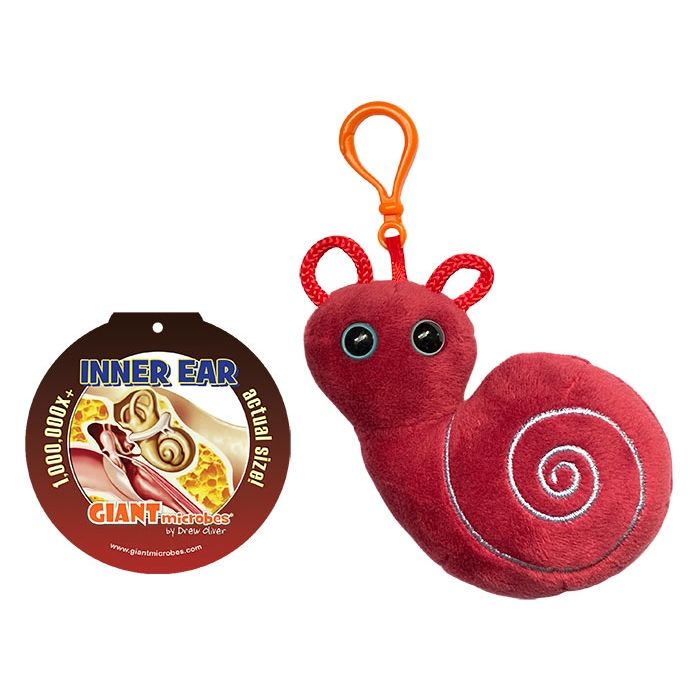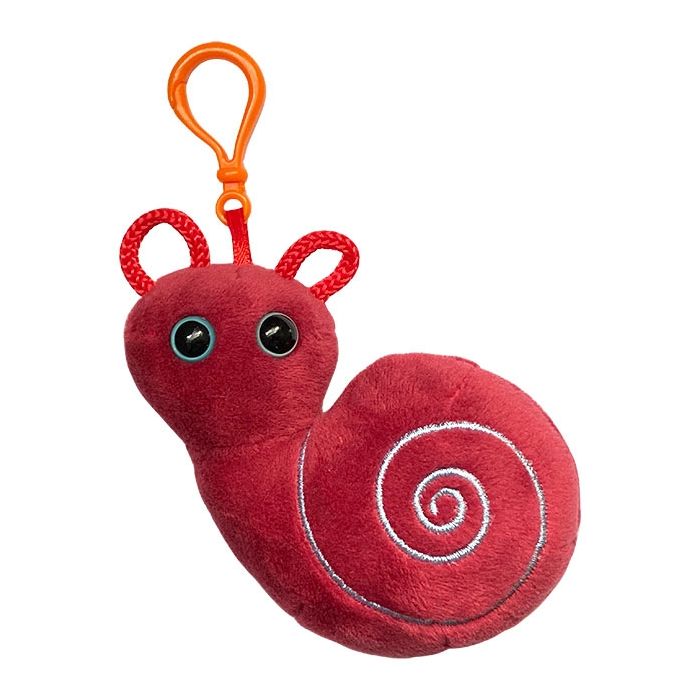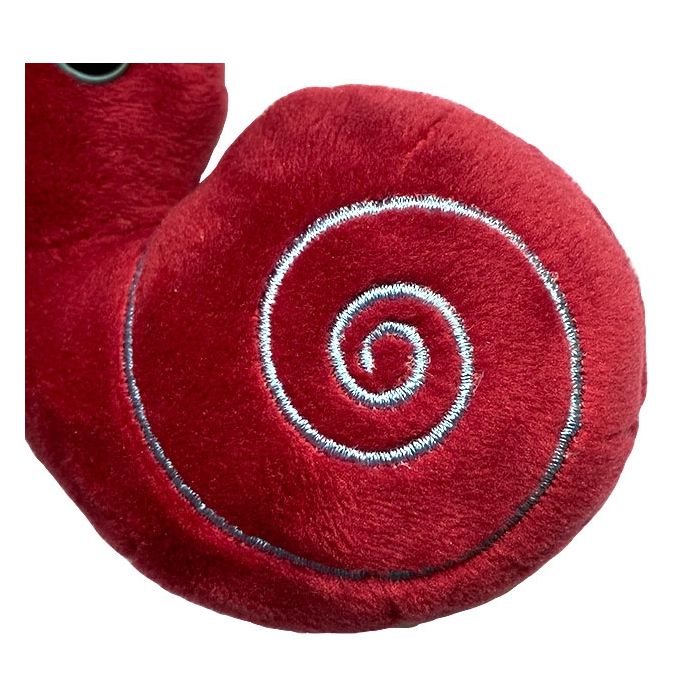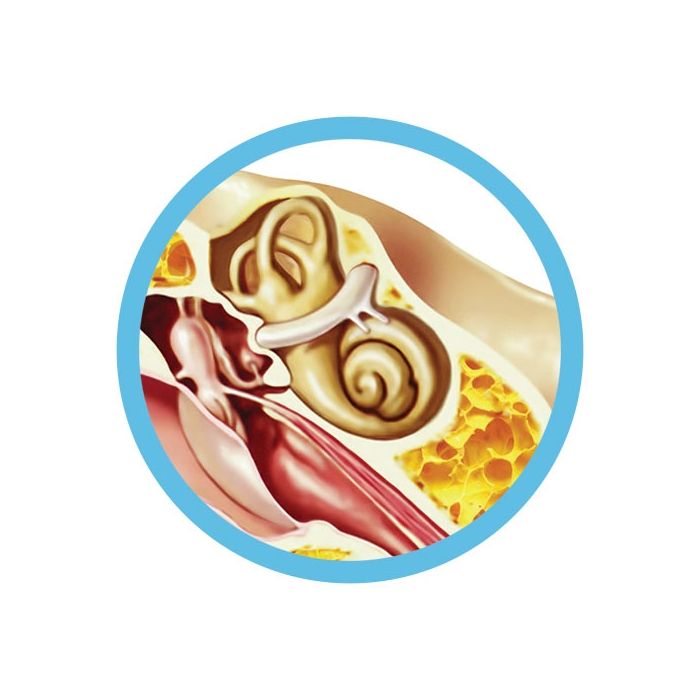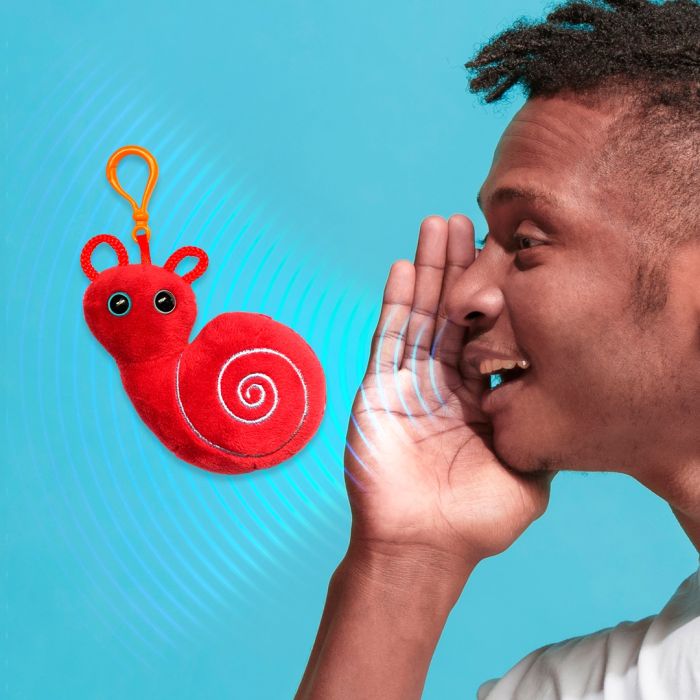Inner Ear Key Ring
Out of Stock
Listen up! You ear is a remarkable sensory organ comprised of the outer ear, middle ear, and inner ear. This memorable and unique plush representation of an Inner Ear provides a hands-on-way to teach all about what your Inner Ear is and how it works. Soft, cuddly and makes the best gift for ENTs, audiologists, scientists, educators, students, and anyone with a healthy sense of humor!
Features detailed embroidery and adds the perfect touch to your keys, backpacks, purses and more!
Inner Ear mini microbe measures 10cm and includes mini-tag and key chain clip.
Product Details
Additional Information
| Sizes | Giantmicrobes are based on actual microbes, cells, organisms and other critters, only 1,000,000 times actual size! Gigantic (GG) 40-60cm XL (XL) 25-38cm Original (PD) 12-20cm Keychain (KC) 5-10cm with clip |
|---|---|
| Materials | Plush from all new materials. Stuffed with polyester fiber fill. Surface washable: sponge with water & soap, air dry. |
| Packaging | Each plush microbe includes a printed card with fun, educational and fascinating facts about the actual microbe or cell. |
| Safety | Every product meets or exceeds U.S. and European standards for safety. For ages 3 and up. |
All about Inner Ear Key Ring
Listen up! You ear is a remarkable sensory organ comprised of the outer ear, middle ear and inner ear. The inner ear is a bony labyrinth that creates our sense of balance and hearing. The main part is cochlea, a snail-shaped bony casing that converts mechanical vibrations into electronic signals.
The basilar membrane in the cochlea vibrates to sound. Hair cells respond to high or low sound pitches based on their location on the membrane. Thus, sound vibrations become electronic signals that travel to your brain. Lend an ear and take care of your amazing ears.







